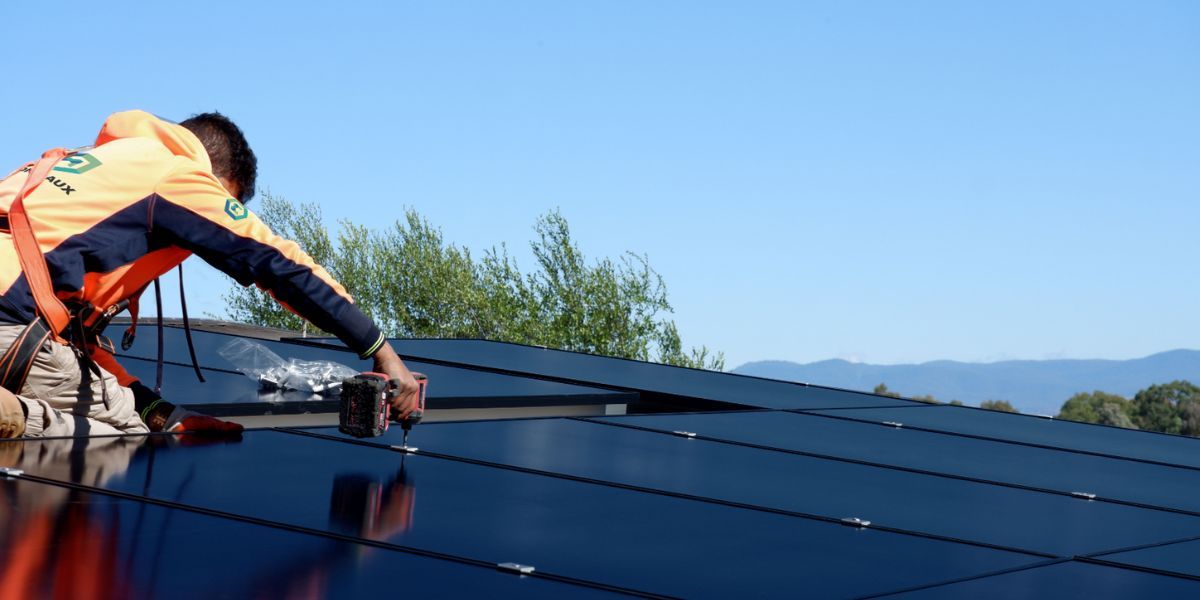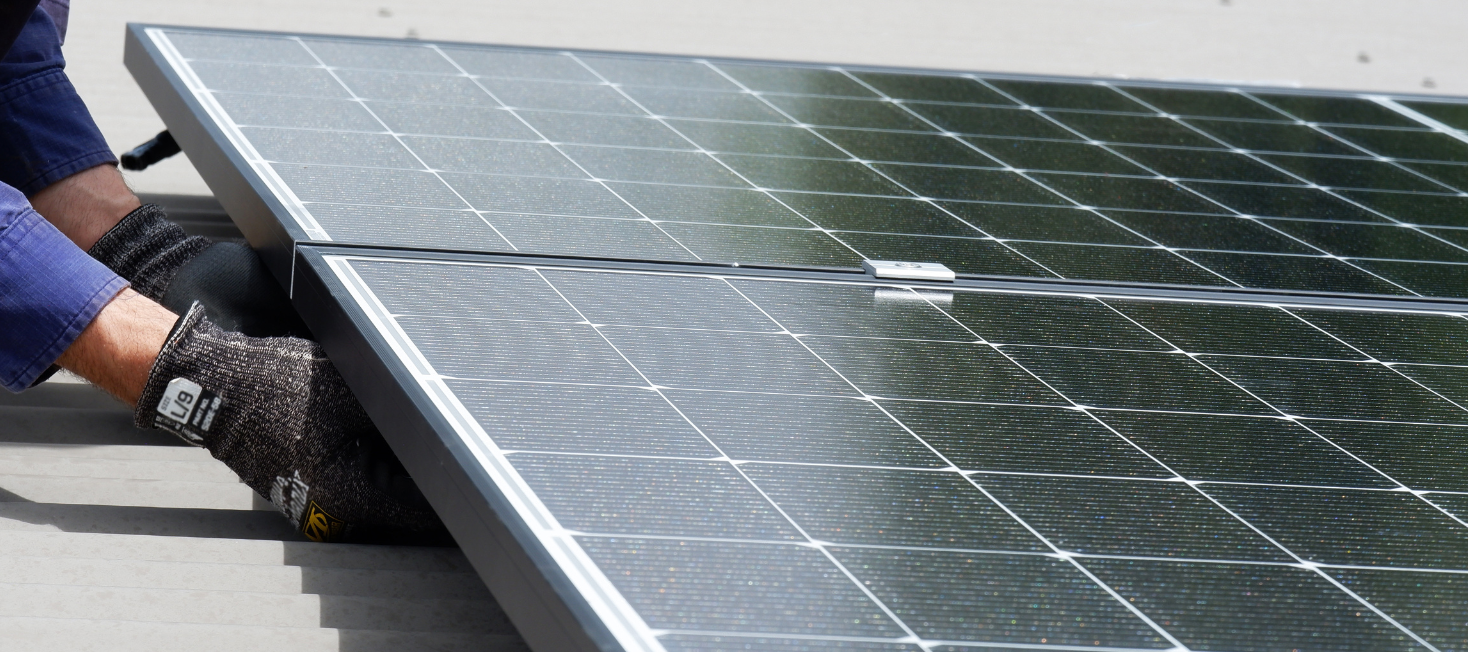How Do Solar Panels Work? A Guide for Canberra Residents
Solar panels are an increasingly popular way for homeowners in Canberra to reduce their energy bills and carbon footprint. By converting sunlight into clean, renewable electricity, solar panels provide a sustainable source of power for your home. This is an article to talk about the science behind the working of solar panels.
Solar panels are made up of photovoltaic (PV) cells, which absorb sunlight and convert it into direct current (DC) electricity. An inverter then converts the DC electricity into alternating current (AC) electricity, which is used to power your home. Any excess electricity generated by your solar panels can be stored in batteries for later use or sent back to the grid for a credit on your energy bill.
Components Of A Solar Panel System
A complete solar panel system consists of several key components:
- Solar panels to convert sunlight into electricity
- A solar inverter to convert DC to AC electricity
- Racking and mounting equipment to secure panels to your roof
- A performance monitoring system to track energy production
- Batteries to store excess electricity through Virtual Power Plant (VPP)
Factors That Affect Solar Panel Efficiency
Several factors can impact the efficiency and energy production of your solar panels:
- Geographic location and climate (Canberra has ideal conditions for solar)
- Roof angle and direction (north-facing roofs are optimal)
- Shading from nearby trees or buildings
- Regular cleaning and maintenance of panels
A reputable
solar company in Canberra can assess your home and design a solar system that maximizes efficiency based on these factors.
Solar Panel Installation Process
Installing a residential solar system typically involves the following steps:
- Site assessment and system design to prepare for the optimal install solar panels setup
- Permitting and interconnection approval
- Installation and mounting of panels
- Electrical wiring and inverter setup
- Final inspection and approval
Choosing a reputable solar panel installer is crucial for a successful installation, as they can advise on government rebates, customize solutions for your property, and ensure you're investing wisely.
The timeline for installation can vary, but most
residential solar systems can be installed in 1-3 days. Costs depend on the size and complexity of the system, but many solar companies offer financing options and payment plans to make going solar more affordable.
Solar Incentives and Rebates
There are several financial incentives available to help offset the cost of installing solar panels:
- Home Energy Support Program – Up to $2,500 in rebates for rooftop solar
- Federal Government Solar Incentive - STCs in the ACT
- Feed in Tariffs
- The Sustainable Household Scheme, offering interest-free loans for renewable energy systems to make them more accessible and affordable for homeowners.
Be sure to consult with your solar installer about the incentives available in Canberra.
With proper installation and maintenance, solar panels have an expected lifespan of 25-30 years. Most manufacturers also offer warranties of 10-25 years on panels and equipment.
Make the Switch to Solar
Installing solar panels is a smart investment for your home, your wallet, and the environment. By generating clean, renewable energy, you can reduce your reliance on the grid, save money on energy bills, and decrease your carbon footprint.
If you're interested in learning more about solar panels for your home, contact us for a free assessment and quote. With the right solar system, you can start harnessing the power of the sun and enjoying the benefits of clean, affordable energy.
Share Post





